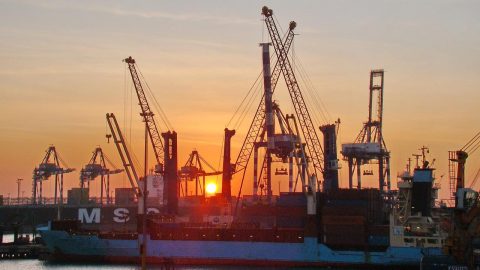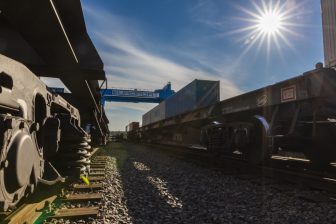
China to the port of Poti: ‘we could make it in 20 days’
The Middle Corridor may be seen as a lengthy route with many hurdles, but this company has established a record transit time already. As one of the first companies to be using the Middle Corridor, TopRail can report a 22-day journey from Suzhou to Poti. “There are still many challenges along the route, but we are very proud of our first train with a record transit time. This can be much more than just an alternative to the Russian route”, commented Leonardo Vender, executive director at TopRail Europe.
Do you want to read the full article?
Thank you for visiting RailFreight.com. Become a member of RailFreight Premium and get full access to all our premium content.
Are you already a member?
Having problems logging in? Call +31(0)10 280 1000 or send an email to customerdesk@promedia.nl.




